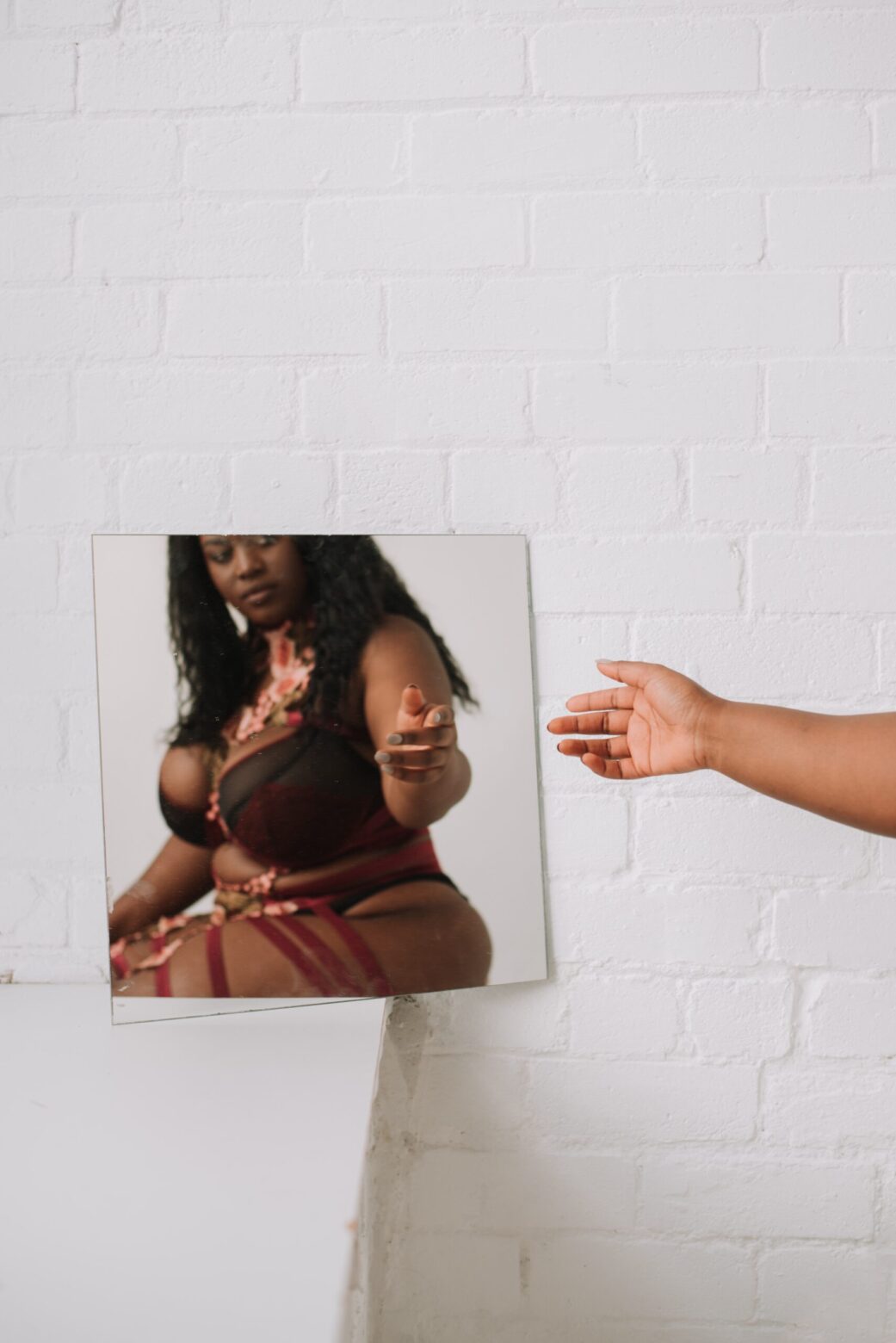Sex positivity has been a great way for women to reclaim and own narratives that center our bodies and sexuality. Women are often made to feel like they need to exist at the end of either a good or bad girl spectrum. We are just now starting to unlearn years of harmful messaging and patriarchal commandments intended to suppress our innate desires. Emboldened, shameless and liberated, a new generation of female-identifying humans are existing fully in their bodies. They are feeling no need to hide what they want or who they are.
In all of this, we see inclusivity and self-love permeating throughout the culture. We also so greater awareness of the things that make us feel beautiful, sexy and empowered. From seeing a wider range of body types to making room for differently abled people to lead discussions around desirability and making sex more accessible for all, things are changing for the better. Gone are the days of sex workers living in a constant cycle of shame and women feeling the need to pretend to not desire pleasure as much as our male counterparts.
However, is there room for sex positivity to look different for each woman?
Perhaps, in an effort to be shameless, we’ve begun to feel that loving our bodies and owning our sexuality has to show up in a specific way in order to be real. To prove that we have stepped away from archaic displays of womanhood, have we created a new box for us to feel confined to? It is not every woman’s desire to discuss her sex life or dress in a revealing way. Does that make her less liberated than women for whom those things feel right? Can we love our bodies just as much covered from head to toe as when we’re in a bikini?
Maybe one woman’s idea of being sexually free is finding one partner to explore with in a variety of ways rather than having a variety of partners. Is one greater proof of a woman who is completely comfortable in her sexuality? As with any major cultural shift, defining what sex positivity looks like will continue to be a work in progress. However, if any movement requires people to dress, look, behave and think like everyone else, it is one that still needs some work. As we work to combat monolithic thinking when it comes to race, gender identity and religious beliefs, we must also remember to examine the ways we police freedom— and how anyone decides to exercise it.
Let’s not end up right where we started
Because if this positive change in how women are showing up in the world becomes another place in which we feel the need to bend to societal pressures, we’ll end up back in the same discussions.
We’ll, once again, be pitted against one another, accused of doing too much or not doing enough. Ideas about which women are fun, desirable and/or worthy of respect and admiration will still create insecurities. Particularly in those who choose to show up differently. We’ll still find the need to go to desperate measures to feel validated by others. Once that happens, empowerment ends.
Empowering ourselves as women must start and end with being 100% ok with who and what we are. It starts and ends with individuality being supported and applauded. The community must want us all to experience absolute joy when we see ourselves. So whether you show no skin or only skin, you can know what your fellow sistas have your back. Being a bad b**** is not about a certain body type or the way you dress. It’s about knowing deep down on the inside that you are more than enough. If we’re really tearing down the patriarchy, we have to make sure to not uphold it ourselves. Especially with limiting ideals of beauty that leave many women feeling like they must change to be accepted.
